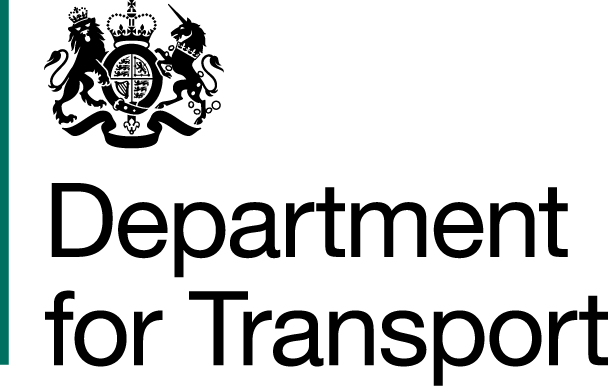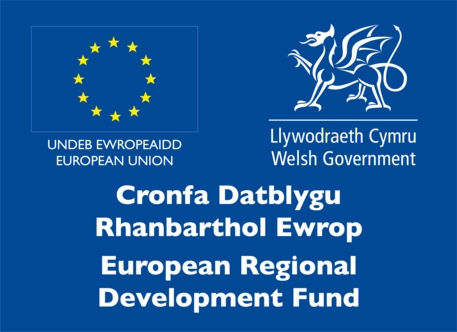
Engaging with young people - Neath Port Talbot College
Aims
TfW’s Active Travel Team visited Neath Port Talbot College in November 2024 to carry out an engagement session with students on their travel choices.
The aims were:
- To show the importance of engaging with young people.
- To test key messaging within the ‘Engaging young people to improve active travel’ guide.
- To highlight good practice of how to gain feedback from young people.
Description
TfW have created a ‘guide to’ for local authorities to use when engaging with young people to promote active travel.
To test the guide’s key messaging and to highlight good practice, the team planned and delivered an engagement session to students aged 16-24.
17 students attended the workshop and were split into four groups. Each group had different colour sticky notes and 11 sheets of A3 paper, each containing a question number.
The team presented a PowerPoint consisting of 11 questions relating to the content within the guide. The students discussed and recorded their answers on the A3 paper using the sticky notes provided.
As the session progressed, students felt more confident to ask questions and engage with the wider group. We provided the students with TfW merchandise as a reward for taking part.
Student feedback
Students described active travel as “travelling a lot”, “physically moving”, “quick and easy travel” with reference to public transport and cars. One student described active travel as “travel that involves walking/getting to transport.”
Students did not know the meaning of active travel. This suggests that local authorities should ensure the language used when promoting active travel is catered towards the audience they are engaging For example, using ‘walking, wheeling and cycling’ may mean more people understand messaging and campaigns.
Figure 1: A bar chart that shows the type of transport students use for everyday journeys.

Most students travel by car for their everyday journeys, followed by walking/wheeling. This indicates that walking is something local authorities can focus on when improving active travel for young people.
Reasons for travel choice:
- Car: easy, quick, cheap, no other option due to distance, car share, habit, expense of public transport.
- Train: cannot drive, convenient, quick.
- Bus: cannot drive, convenient.
- Walking: easy, no need to rely on anything/anyone.
Factors that prevent students from walking/wheeling for their everyday journeys:
- Distance
- Time
- Weather
- Public transport and car are quicker
- Habit.
Factors that prevent students from cycling for their everyday journeys:
- Lack of secure cycle parking and fear of bike getting damaged or stolen.
- Lack of confidence and feeling safe.
- Unable to ride a bike.
- Do not own a bike, and cost of buying a bike.
- Bike is broken or old.
- Distance.
- Weather.
- Habit.
Factors that would encourage students to walk/wheel or cycle more for their everyday journeys:
- incentives for walking and cycling more e.g. discounts/vouchers on food and drink, especially at college.
- Improved cycle safety on roads
- Improved cycle lanes/paths
- Secure cycle parking
- Travelling with friends.
Figure 2: A bar chart that shows key messaging that would encourage students to walk/wheel or cycle more.

We asked students if they were aware of the following money-saving schemes:
- My Travel Pass
- 16-17 Saver
- 16-25 Railcard.
Most students (53%) were aware of My Travel Pass through the college. Fewer were aware of 16-17 Saver (29%) and 16-25 Railcard (29%). 16 out of 17 students voted ‘Discounted travel for young people’ as the most influential campaign. This suggests that the promotion of money-saving schemes is useful when promoting active travel in combination with public transport use. 16 out of 17 students voted ‘Discounted travel for young people’ as the most influential Campaign.
Social media is the main platform students use to find out what is going on in their community. Students would prefer to engage via surveys or social media.
Figure 3: A bar chart that shows how students find out what is going on in their community.

Students like to provide their opinion via surveys (94%), social media (88%) and in-person events (41%).
Lessons learnt
- Working with colleges, universities and workplaces to provide incentives for walking and cycling more would encourage young people to travel more sustainably.
- Some students suggested that travelling with friends would encourage them to walk/wheel or cycle more.
- Six students said they would cycle more if cycle safety on roads was improved, including more cycle paths and secure cycle parking.
Outputs
- The data captured has been used to improve our guide to ‘Engaging young people to improve active travel.’

Students at Neath Port Talbot College

Students at Neath Port Talbot College



